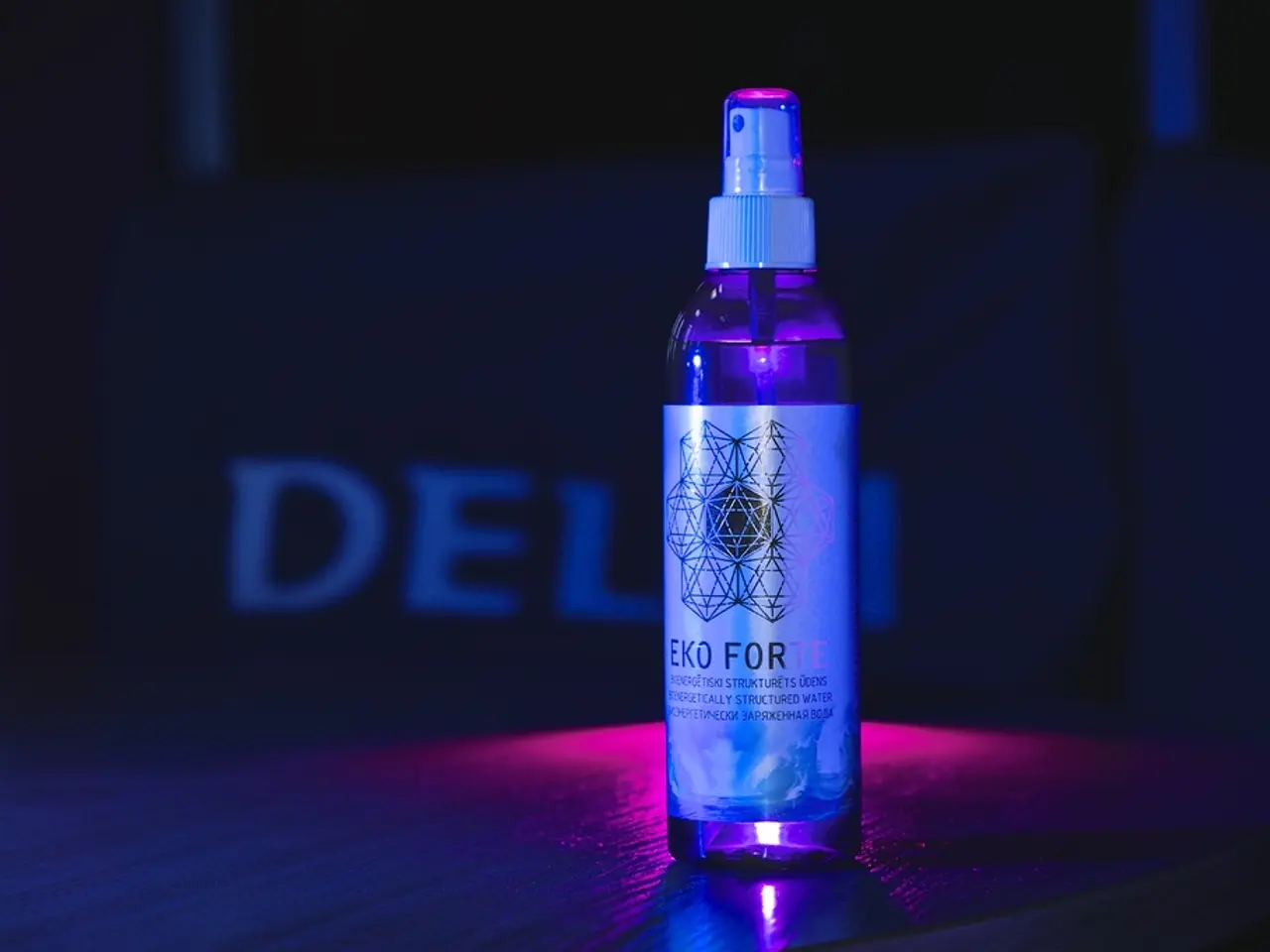The Meaning of Non-Nano in Sunscreen Explained
In the realm of sunscreen protection, the choice between nano and non-nano particles can significantly impact both your skin and the environment. Non-nano particles, which are larger than 100 nanometers, offer several benefits that make them a preferred choice for many.
One of the key advantages of non-nano particles is their physical nature. They create a barrier on the skin's surface, reflecting harmful UV rays away from your skin. This protective shield is particularly beneficial for those with sensitive skin, including those with conditions like eczema, as non-nano sunscreens are hypoallergenic and less likely to trigger breakouts or allergic reactions.
The larger size of non-nano particles also reduces the potential risks of absorption into the bloodstream, making them safer for sensitive or acne-prone skin. This reduced risk of absorption is important in lowering health concerns related to systemic exposure.
When it comes to the environment, non-nano sunscreens are a more eco-friendly option. Many non-nano mineral sunscreens, especially those with zinc oxide, are labelled as reef-safe. This is because they avoid chemical ingredients or tiny particles that may harm marine ecosystems.
Nano-sized particles have been implicated in potential toxicity to coral reefs and marine life, leading to environmental concerns about their use in sunscreens. By choosing non-nano sunscreens, you can help protect the environment without introducing harmful chemicals or nanoparticles that might accumulate in the environment or disrupt marine wildlife.
Non-nano sunscreens come in various forms, including lotions, sprays, and sticks, allowing for a product that suits your lifestyle. They offer immediate coverage as soon as they are applied, making them a convenient choice for daily use, especially for those spending time outdoors or near the ocean.
In some cases, non-nano sunscreens may leave a white cast due to their particle size, but many are formulated to minimize this. It's important to check product labels, ingredient lists, brand websites, and user reviews to determine if a sunscreen is non-nano.
In conclusion, non-nano zinc oxide particles are larger, remain on the skin surface, and offer a safer profile for both human skin and the environment, making them a more secure and eco-friendlier choice for sunscreen formulation. By choosing non-nano sunscreens, you can protect your skin while also contributing to the preservation of our marine environments.
- For individuals with sensitive skin or skin conditions like eczema, non-nano sunscreens are preferred due to their hypoallergenic properties and reduced likelihood of causing breakouts or allergic reactions.
- Beyond the benefits for sensitive skin, non-nano sunscreens offer an eco-friendly option as they are less harmful to marine ecosystems, with many being labeled as reef-safe.
- It's crucial to note that nano-sized particles in some sunscreens could potentially be toxic to coral reefs and marine life, leading to environmental concerns.
- Adopting a skincare routine that includes non-nano sunscreens can help protect your sensitive skin when you spend time outdoors, near the ocean, or engaged in fitness-and-exercise activities.
- Nutrition plays a significant role in the overall health of your skin, and a healthy-diet rich in antioxidants can complement the protective effects of your sunscreen.
- In the realms of health-and-wellness and science, the choice between nano and non-nano sunscreens not only impacts the health of your skin but also contributes to the broader goal of sustainability in skincare products.




